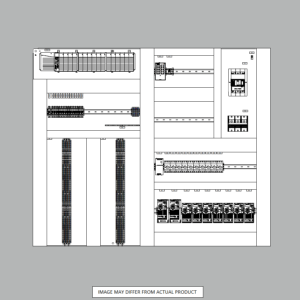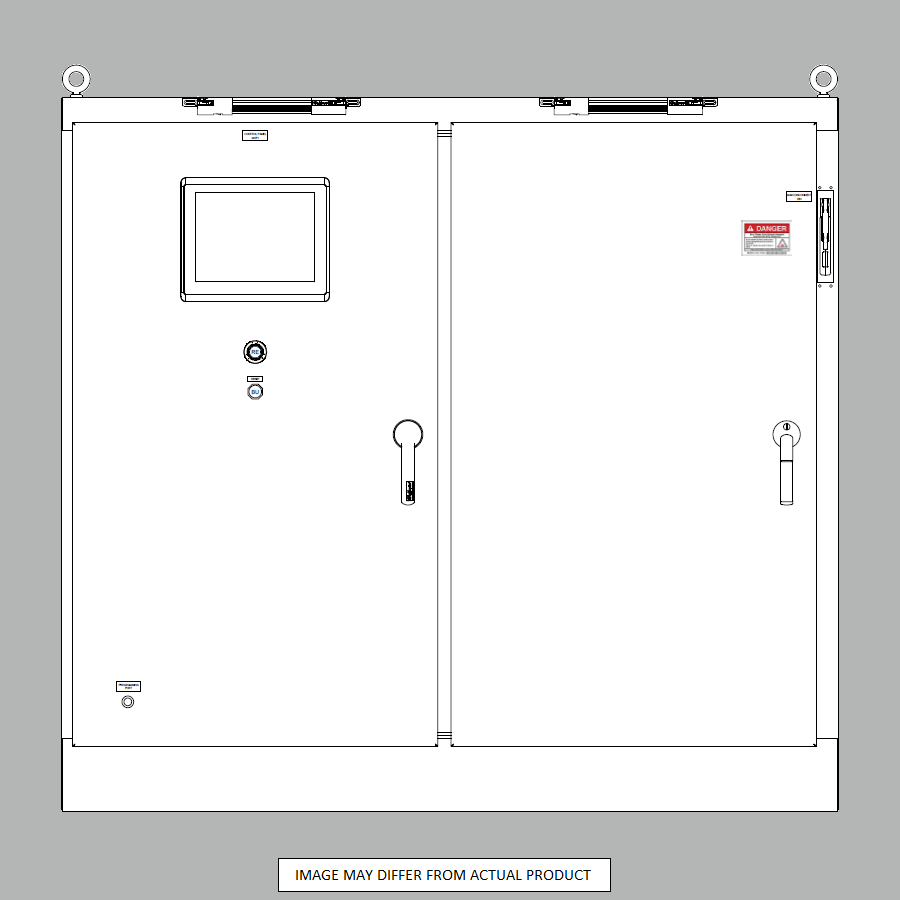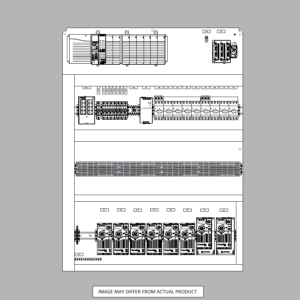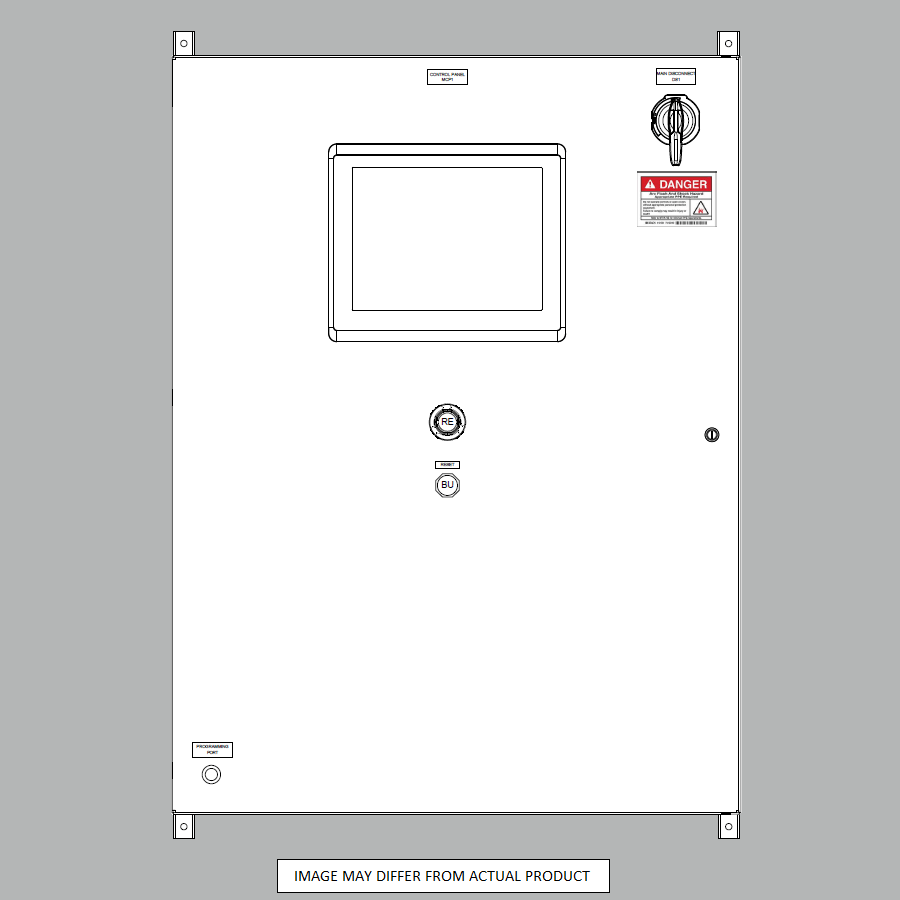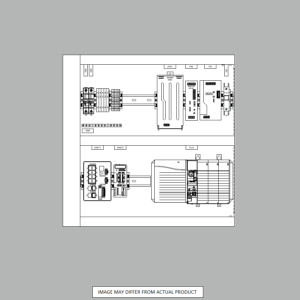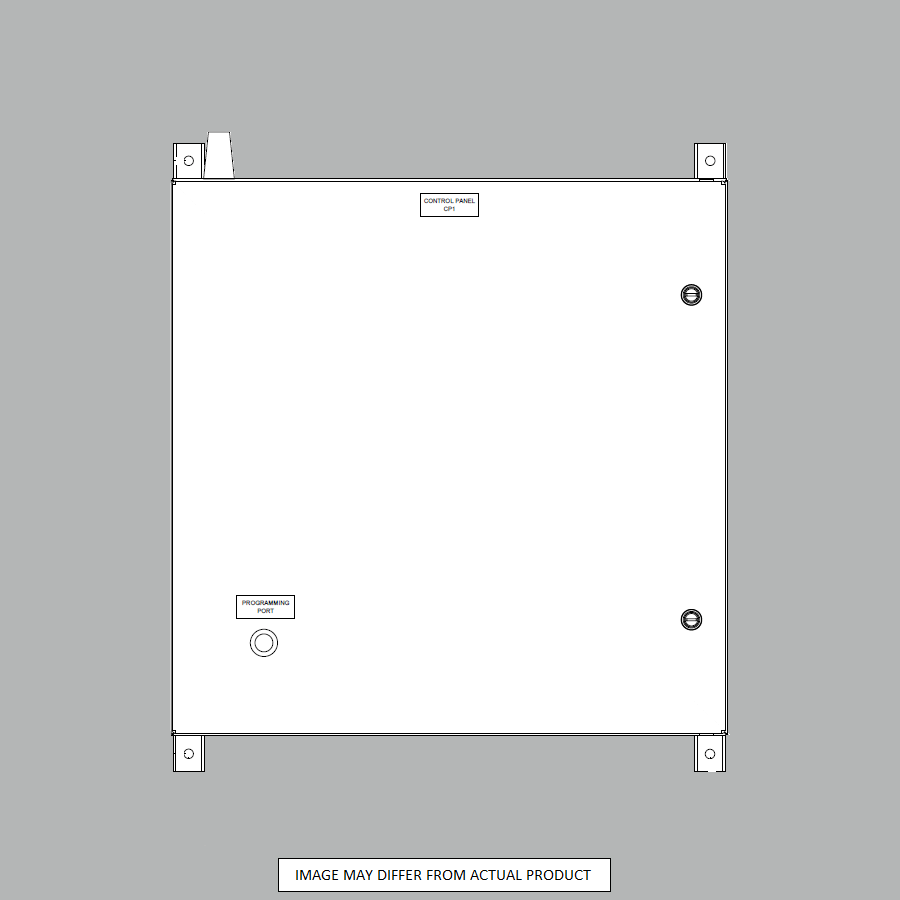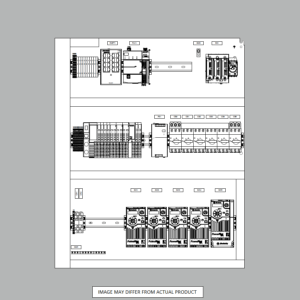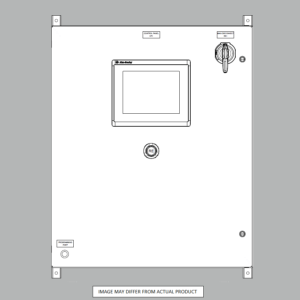Kickstart Your Career with Online PLC Programming Training
Have you been thinking about starting a career in automation and manufacturing? Are you looking to gain skills in PLC programming and learn how to design, program, and troubleshoot automated control systems? Then online PLC programming training is the perfect way to get started!
This guide will teach you what you need to know to start your online PLC course and become a skilled PLC technician. We’ll use Allen-Bradley systems. We’ll cover what PLC training involves, key topics you’ll learn, the benefits of online training, and tips to succeed in your online PLC programming course. Let’s get started!
Here’s What We’ll Cover in This Beginner’s Guide to Online PLC Programming Training:
- What is PLC Programming & What Will I Learn?
- Topics Covered in Online PLC Courses
- The Benefits of Online PLC Training
- How to Choose the Right Online PLC Course
- What is Included in Online PLC Training Programs
- Tips to Succeed in Your Online PLC Course
- How Online PLC Training Can Lead to a Great Career
- Next Steps – Get Started with Online PLC Programming Training
So, if you’re ready to gain in-demand PLC skills and knowledge from the comfort of your home, read on!
What is PLC Programming & What Will I Learn?
PLC stands for Programmable Logic Controller, which are industrial computers that automate manufacturing plant machines and processes.
In PLC training, you’ll learn how to program, troubleshoot, and maintain PLC systems. The main topics covered include:
- PLC hardware components and installation
- PLC programming software like RSLogix 500/5000
- Ladder logic and other PLC programming languages
- Programming PLCs to control industrial processes
- Connecting PLCs with sensors, motors, HMIs, and other devices
- PLC communications protocols (Ethernet, Devicenet, etc)
- Troubleshooting and debugging PLC programs
The skills learned in PLC training allow you to install, program, and maintain modern factories’ automated systems. PLC programming is an essential trade skill for industrial electricians, automation technicians, manufacturing engineers, and more.
Here are the Key Topics Covered in Online PLC Courses:
- PLC Basics:
- Introduction to PLCs, hardware components, applications
- Ladder Logic Programming
- Designing ladder logic programs
- Logic functions like timers and counters
- PLC Software
- I/O Connections
- Interfacing PLCs with sensors, switches, motors, etc.
- PLC Communications
- Industrial networks like Ethernet, ControlNet, DeviceNet
- HMI Design
- Creating operator interfaces and HMIs
- Troubleshooting & Debugging
- Testing and debugging PLC systems
- PLC Project Design
- Capstone project to apply PLC skills
By the end of the training, you’ll have in-depth knowledge of PLCs and be able to program, wire, and troubleshoot automated control systems.
The Benefits of Online PLC Training:
Here are some of the main advantages of taking PLC programming training online:
- Learn at your own pace: Online training is self-paced so that you can learn on your schedule.
- Hands-on practice: Online courses include PLC simulation software and projects.
- Lower cost: Online PLC classes cost much less than in-person programs.
- Flexibility: You can access lessons and materials 24/7.
- No travel needed: Everything is taught remotely, so commuting is unnecessary.
- Repeat lectures: You can rewatch lectures to refresh your knowledge.
- Ongoing support: Get help from instructors via email and discussion boards.
- Course certificates: Many online programs provide completion certificates.
Online training makes PLC programming education accessible and convenient for everyone. You get the same curriculum and practice opportunities from home.
How to Choose the Right Online PLC Course:
When selecting an online PLC training program, here are some key factors to consider:
- Curriculum – Look for courses that cover PLC programming basics to advanced topics. Make sure PLC simulation software is included.
- Hands-on learning – Choose programs with interactive exercises, lab projects, and simulations to get practical experience.
- Instructor support – Look for courses with downloadable material, video lectures, and email/forum access to instructors.
- Flexibility – See if you can set your schedule or pace. Make sure you can access materials on any device.
- Affordability – Online training costs much less than in-person but still compares program fees.
- Certification – Some providers offer completion certificates, which are useful credentials.
Take time to research a few providers using the criteria above. Review past students’ reviews and ensure the course aligns with your learning goals. Reputable training centers offer comprehensive online courses using Allen Bradley PLCs and RSLogix software. Their skill development approach can greatly improve your programming techniques.
Here’s What’s Included in Most Comprehensive Online PLC Training Programs:
- Video lessons – Watch prerecorded video lectures explaining PLC concepts.
- PLC simulation software – Get hands-on by programming virtual PLCs.
- Real-world projects – Apply skills through industry-focused projects.
- Quizzes & tests – Reinforce knowledge with assessment questions.
- Community forums – Get help from instructors and peers via online forums.
- Downloadable materials – Reference PLC code examples, diagrams, and study guides.
- Completion certificate – Receive a certificate after meeting course requirements.
- Ongoing support – Access instructor help throughout your enrollment.
- Access on any device – Study course material on your computer, phone, or tablet.
A good program will incorporate all of these elements to facilitate effective learning. Combining theory, software, projects, and support will prepare you for real-world PLC challenges. For example, Rockwell Automation’s online training integrates interactive activities with its extensive resource center.
Tips to Succeed in Your Online PLC Programming Course:
Here are some useful tips to help you get the most value from online PLC training and complete the course successfully:
- Take notes – Write down key concepts from video lessons to retain the material.
- Follow provided learning paths – Use course calendars to stay on track.
- Leverage the community – Ask forum questions to learn from peers.
- Use PLC simulation software – Get hands-on programming experience.
- Build real projects – Apply your skills through realistic designs.
- Review before quizzes/tests – Study material before knowledge checks.
- Practice programming daily – Consistent practice is key for learning PLCs.
- Watch videos at 1.5x speed – Retain more content in less study time.
- Solve recommended exercises – Work through extra drills to enhance understanding.
With discipline and smart learning strategies, you will master PLCs and complete training ready for automation engineering roles. For instance, attend live webinars to directly interact with instructors and prove your knowledge in those online sessions.
How Online PLC Training Can Lead to a Great Career:
Once you complete online PLC programming education, you’ll be equipped with specialized skills in high demand globally. Some of the top career options you can pursue include:
- PLC Programmer
- Automation Technician
- Manufacturing Engineer
- Industrial Electrician
- Field Service Technician
- Controls Engineer
- Systems Integrator
- HMI Designer
Salaries for PLC programmers range from $55,000 to $85,000 annually. With more experience, you can earn $100,000+ as an automation engineer.
Online training provides affordable access to this lucrative career path. PLC programming skills serve as an excellent gateway into the Industry 4.0 economy. With comprehensive knowledge and hands-on experience, you can land an automation role and excel in the field.
Next Steps: Get Started with Online PLC Programming Training Today!
Ready to get started with classes? Here are your next steps:
- Research online PLC course providers and choose one that fits your needs
- Compare course outlines to find the right curriculum
- Register for your preferred program
- Make sure you have the required hardware/software
- Create a study schedule and set goals
- Dive into course materials and begin learning PLCs!
Many providers offer flexible enrollment dates so you can get started anytime. You can gain job-ready PLC skills within 6-12 months of structured online training. The investment will pay dividends in the form of stable automation engineering careers and excellent compensation.
So don’t wait any longer – join the Industry 4.0 workforce revolution by enrolling in online PLC programming classes now! With focus and determination, you can complete training and become a skilled PLC technician ready to automate the future.
-
Large Process Automation: Panelview 5000, ControlLogix 5580
$24,073.00 Select options -
Small Process Automation: Panelview 5000, ControlLogix 5580
$20,321.00 Select options -
Small Process Automation: ControlLogix 5580, UPS Battery Backup, Cellular Modem
$18,999.00 Select options -
Advanced Automation: Panelview 5000, Safety CompactLogix 5380
$10,269.00 Select options


